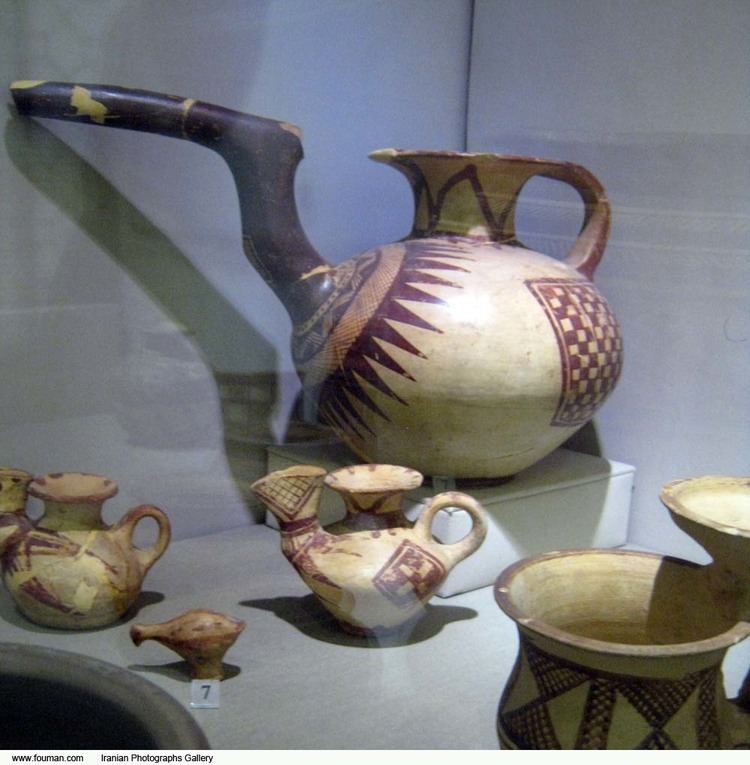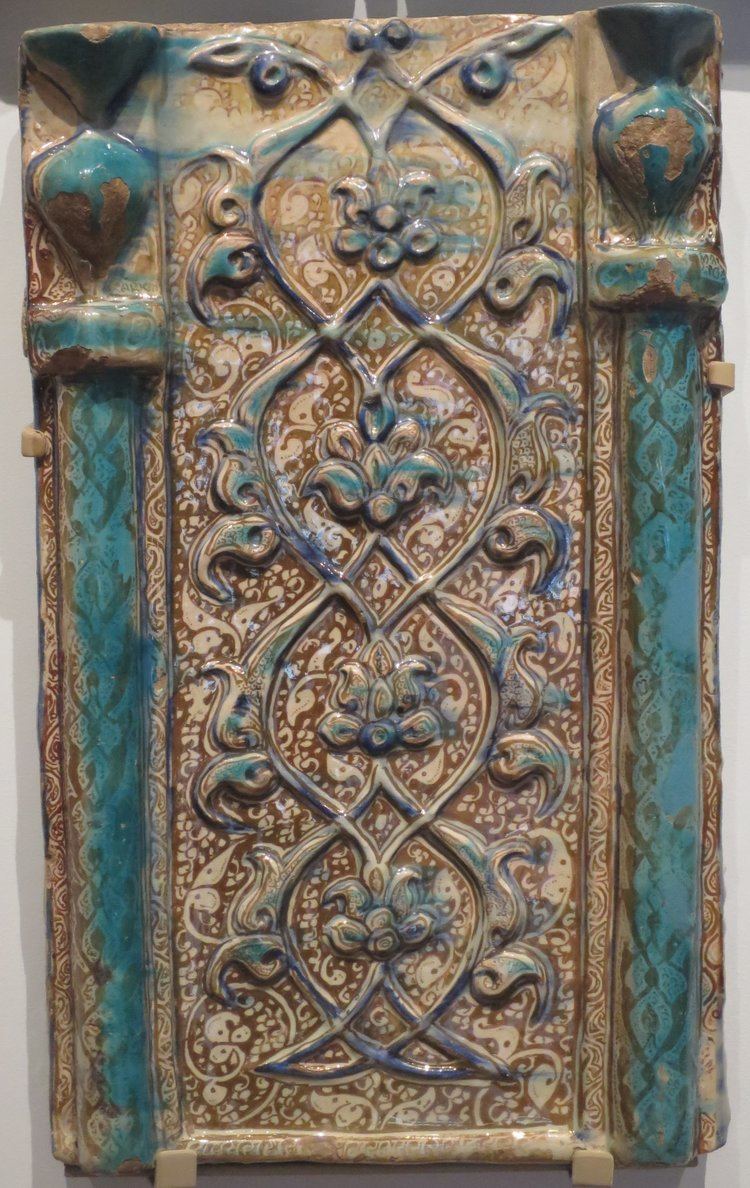Country | Population 253,509 (2006) | |
Colleges and Universities University of Kashan, Kashan University of Medical Sciences | ||
Kashan (Persian: ?, also Romanized as Kashan; also known as Kachan) is a city in and the capital of Kashan County, in the province of Isfahan, Iran. At the 2006 census, its population was 248,789, in 67,464 families.
Contents
- Map of Kashan
- Ahlly kashans wedding valima next day edit trailer at atlanta sonesta gwinnett place
- Kashan ray feat giancarlo gc castillo take me to the place
- History
- Main sights
- References
Map of Kashan
The etymology of the city name comes from Kasian, the original inhabitants of the city, whose remains are found at Tapeh Sialk dating back 9,000 years; later this changed to Kashian, hence the town name. Between the 12th and the 14th centuries Kashan was an important centre for the production of high quality pottery and tiles. In modern Persian, the word for a tile (kashi) comes from the name of the town.
Ahlly & kashans wedding | valima next day edit trailer at atlanta sonesta gwinnett place
Kashan ray feat giancarlo gc castillo take me to the place
History

Archeological discoveries in the Sialk Hillocks which lie 4 km west of Kashan reveal that this region was one of the primary centers of civilization in pre-historic ages. Hence Kashan dates back to the Elamite period of Iran. The Sialk ziggurat still stands today in the suburbs of Kashan after 7,000 years.

The artifacts uncovered at Sialk reside in the Louvre in Paris and the New York Metropolitan Museum of Art, and Irans National Museum.
By some accounts although not all Kashan was the origin of the three wise men who followed the star that guided them to Bethlehem to witness the nativity of Jesus, as recounted in the Bible. Whatever the historical validity of this story, the attribution of Kashan as their original home testifies to the citys prestige at the time the story was set down.
Abu-Luluah/Pirouz Nahavandi, the Persian soldier who was enslaved by the Islamic conquerors and eventually assassinated the caliph Umar al-Khattab in AH 23 (643/4 CE), reportedly fled to Kashan after the assassination and lived there some years before being finally caught and executed. His tomb is one of Kashans conspicuous landmarks (see gallery below).
Sultan Malik Shah I of the Seljuk dynasty ordered the building of a fortress in the middle of Kashan in the 11th century. The fortress walls, called Ghaleh Jalali still stand today in central Kashan.
Kashan was also a leisure vacation spot for Safavi Kings. Bagh-e Fin (Fin Garden), specifically, is one of the most famous gardens of Iran. This beautiful garden with its pool and orchards was designed for Shah Abbas I as a classical Persian vision of paradise. The original Safavid buildings have been substantially replaced and rebuilt by the Qajar dynasty although the layout of trees and marble basins is close to the original. The garden itself however, was first founded 7000 years ago alongside the Cheshmeh-ye-Soleiman. The garden is also notorious as the site of the murder of Mirza Taghi Khan known as Amir Kabir, chancellor of Nasser-al-Din Shah, Irans King in 1852.
The earthquake of 1778 leveled the city of Kashan and all the edifices of Shah Abbas Safavi, leaving 8000 casualties. But the city started afresh and has today become a focal tourist attraction via the numerous large houses from the 18th and 19th centuries, illustrating the finest examples of Qajari aesthetics.
Main sights
Kashans architectural sights include:
